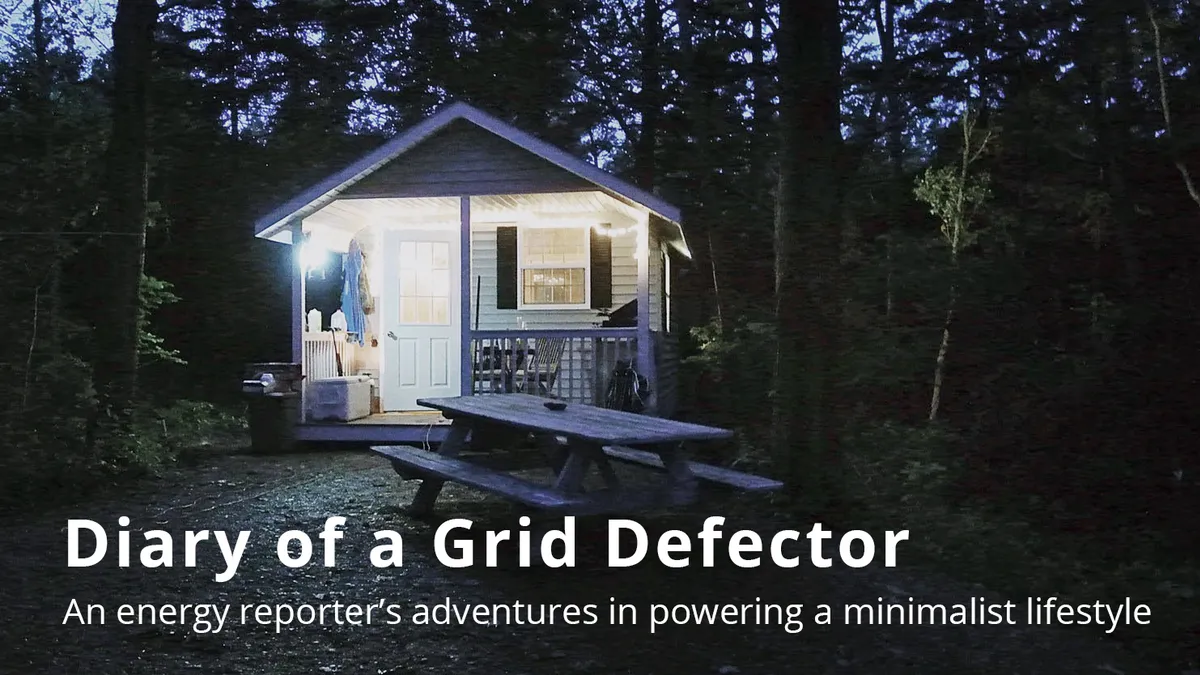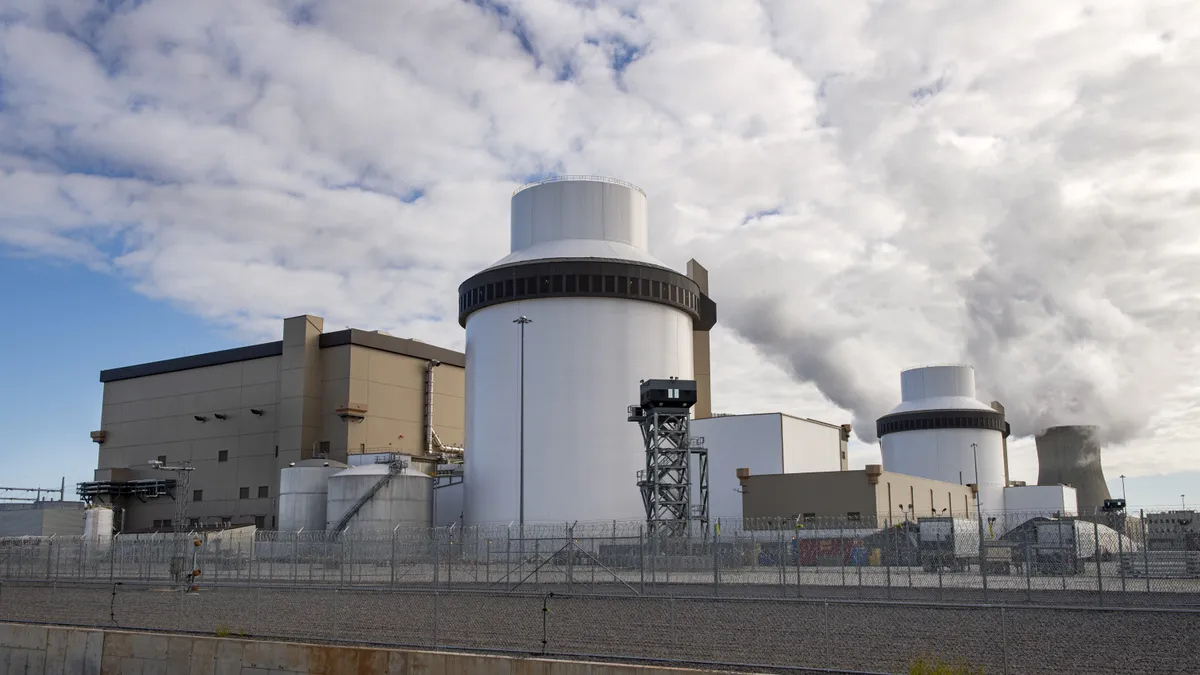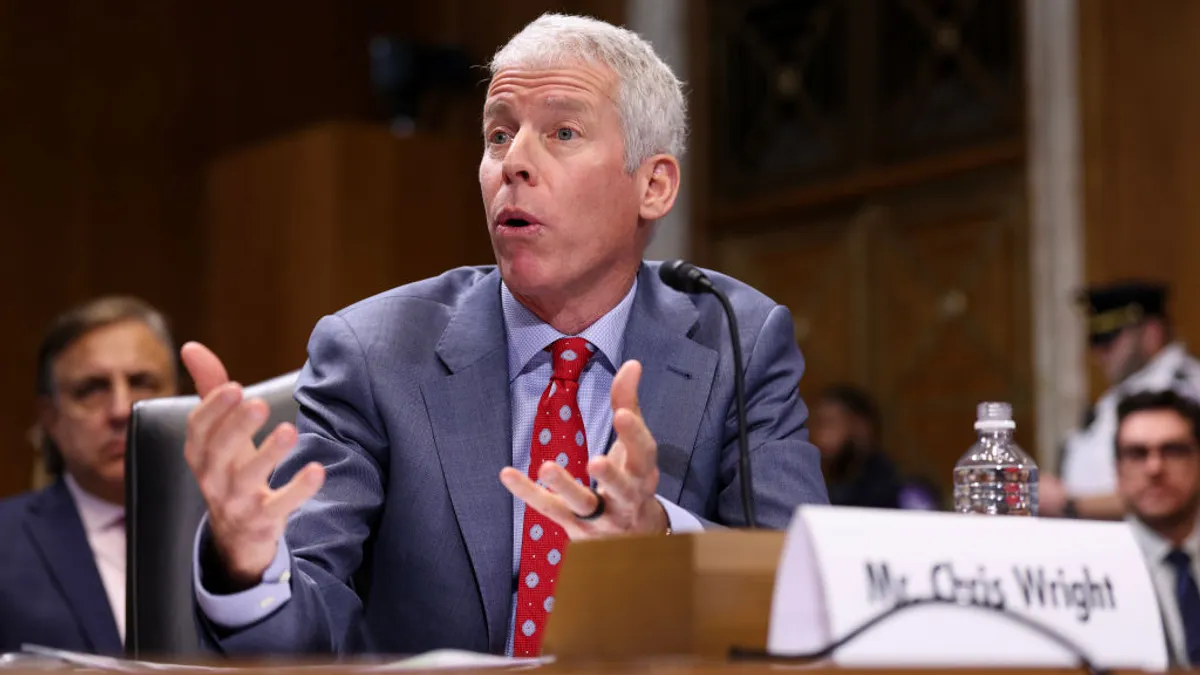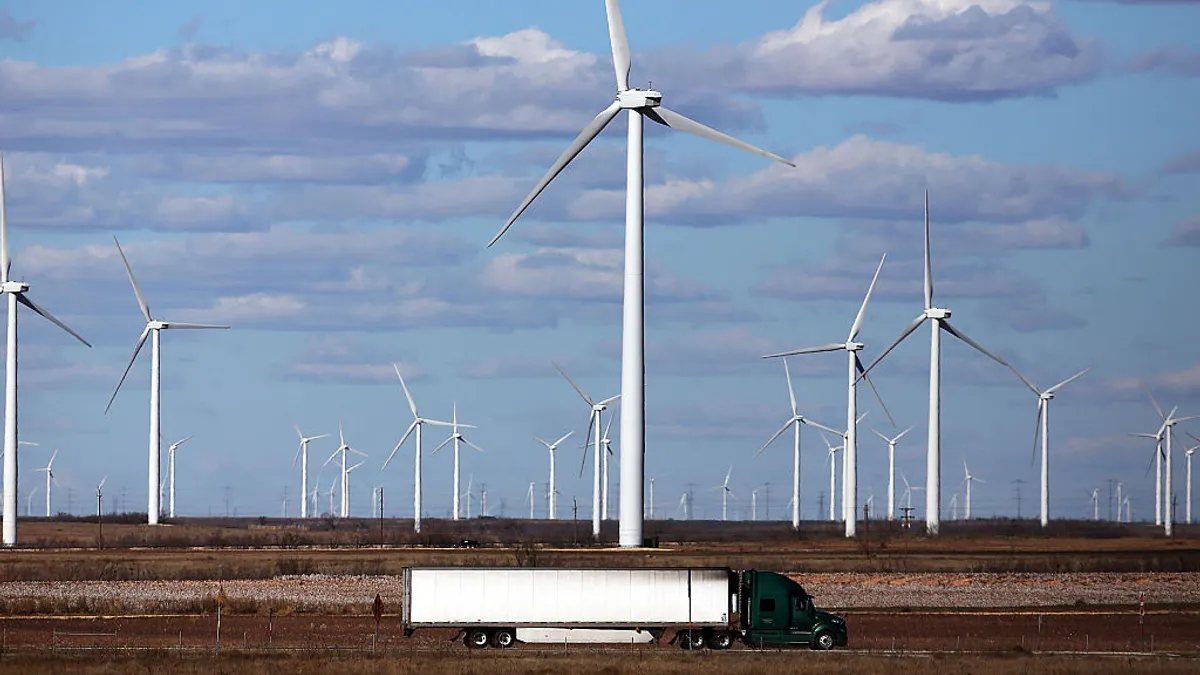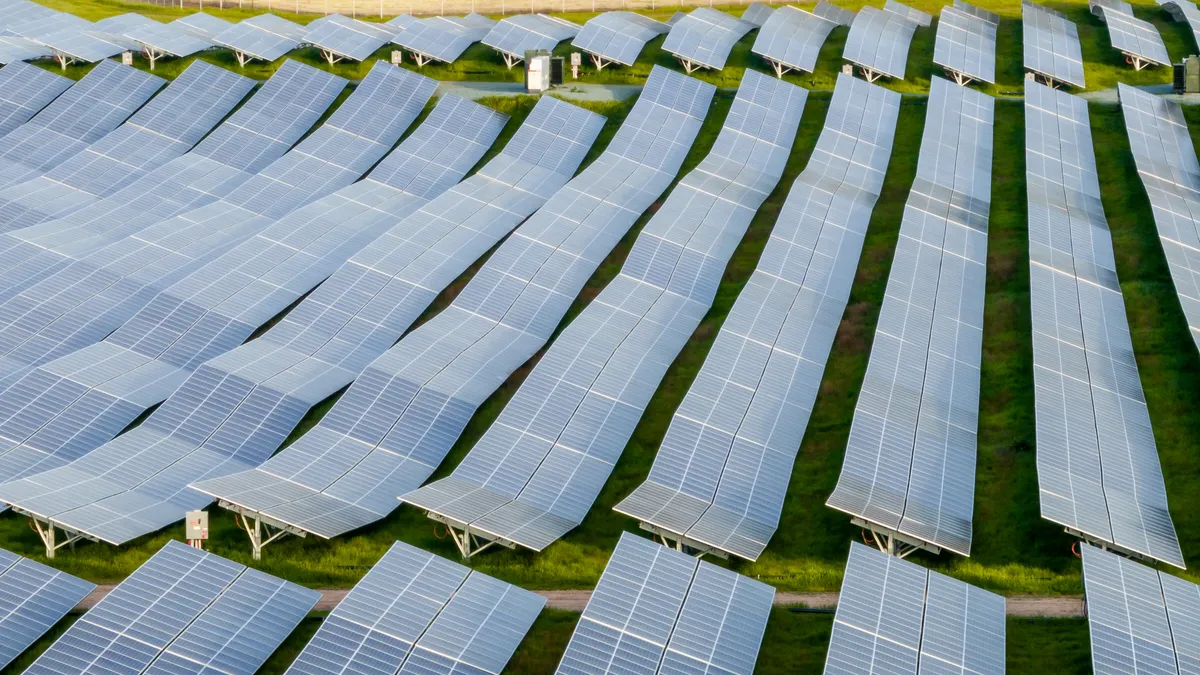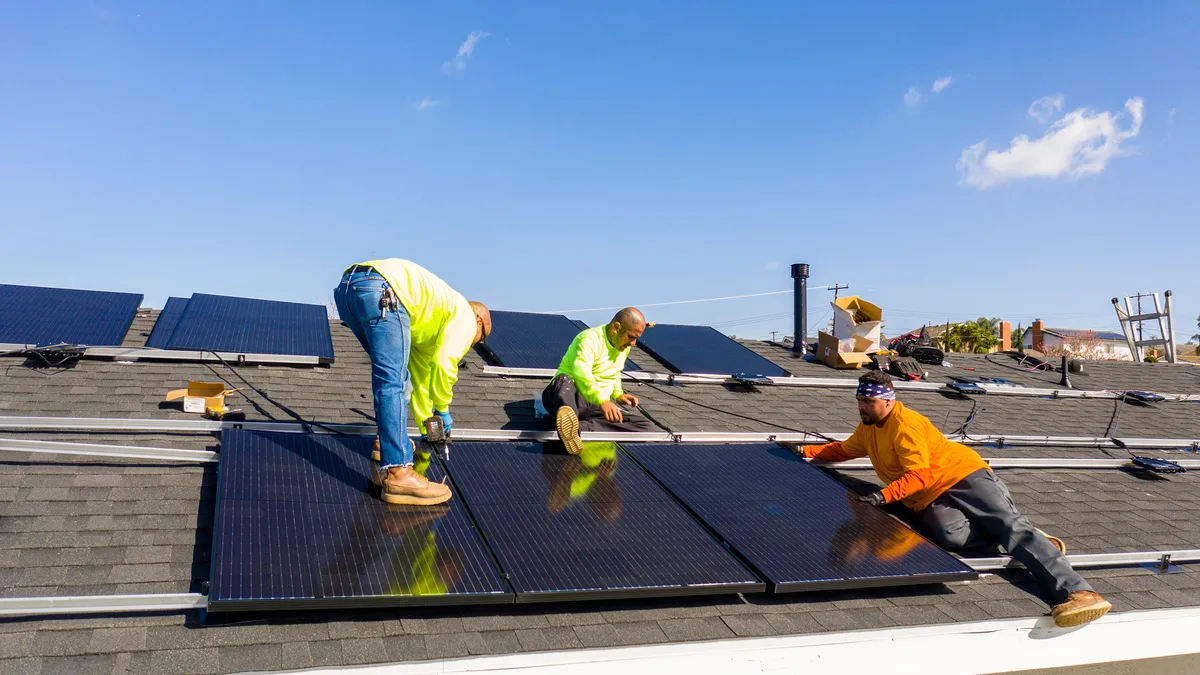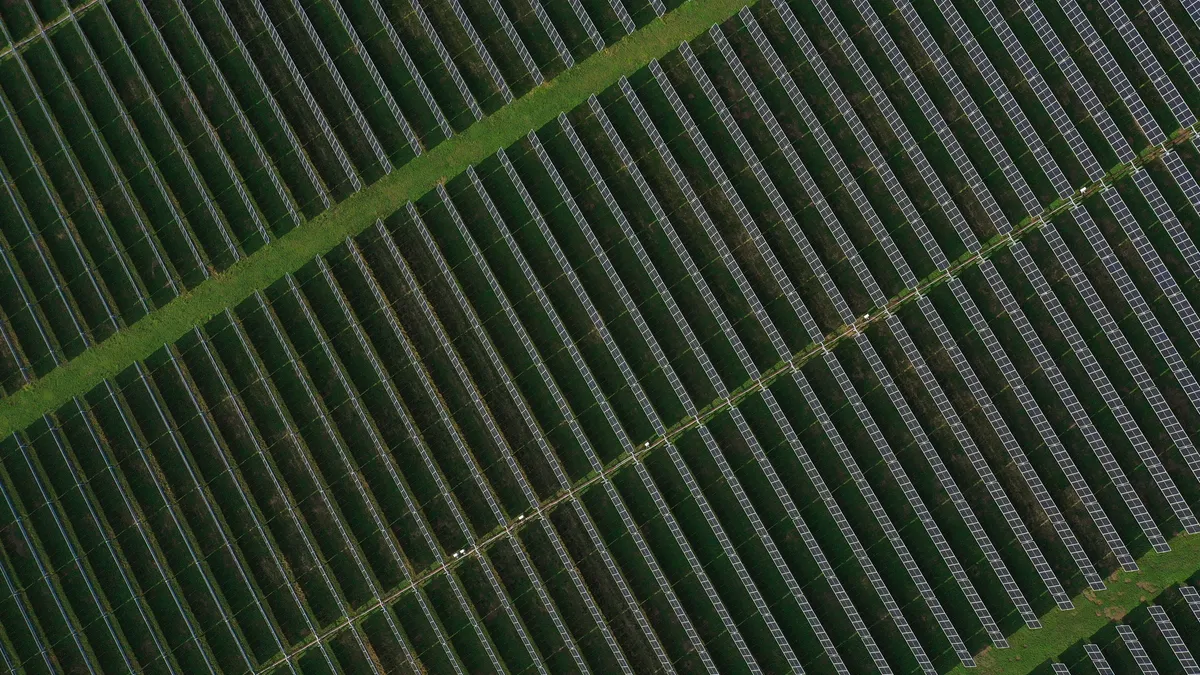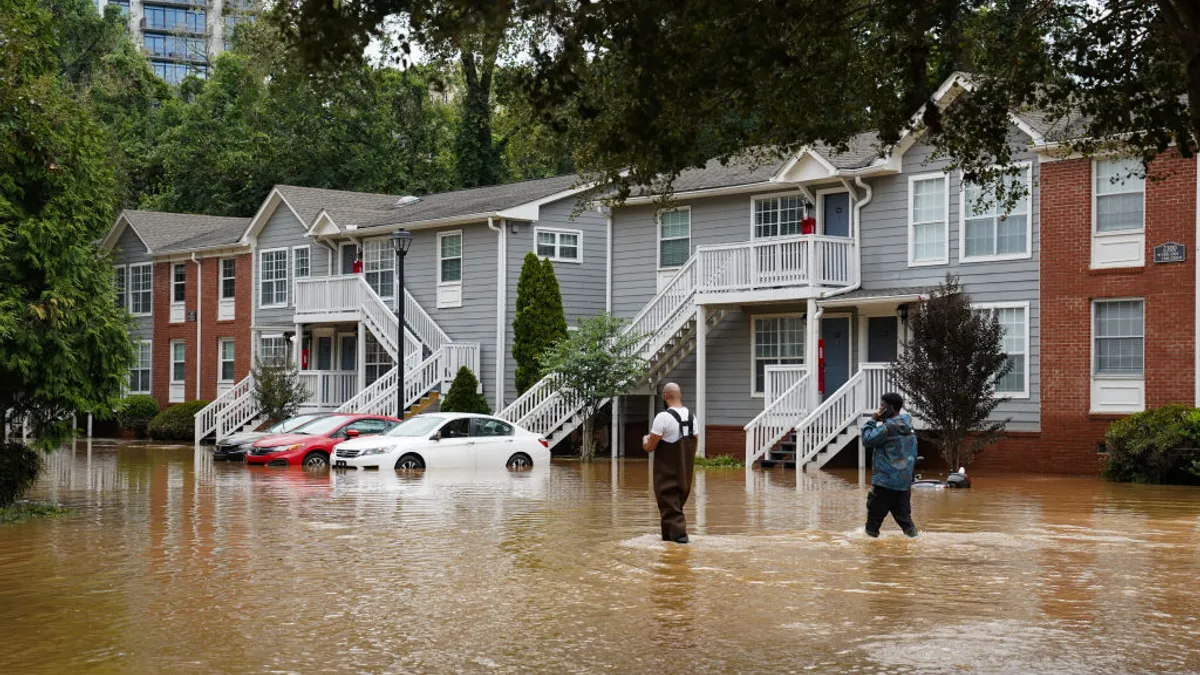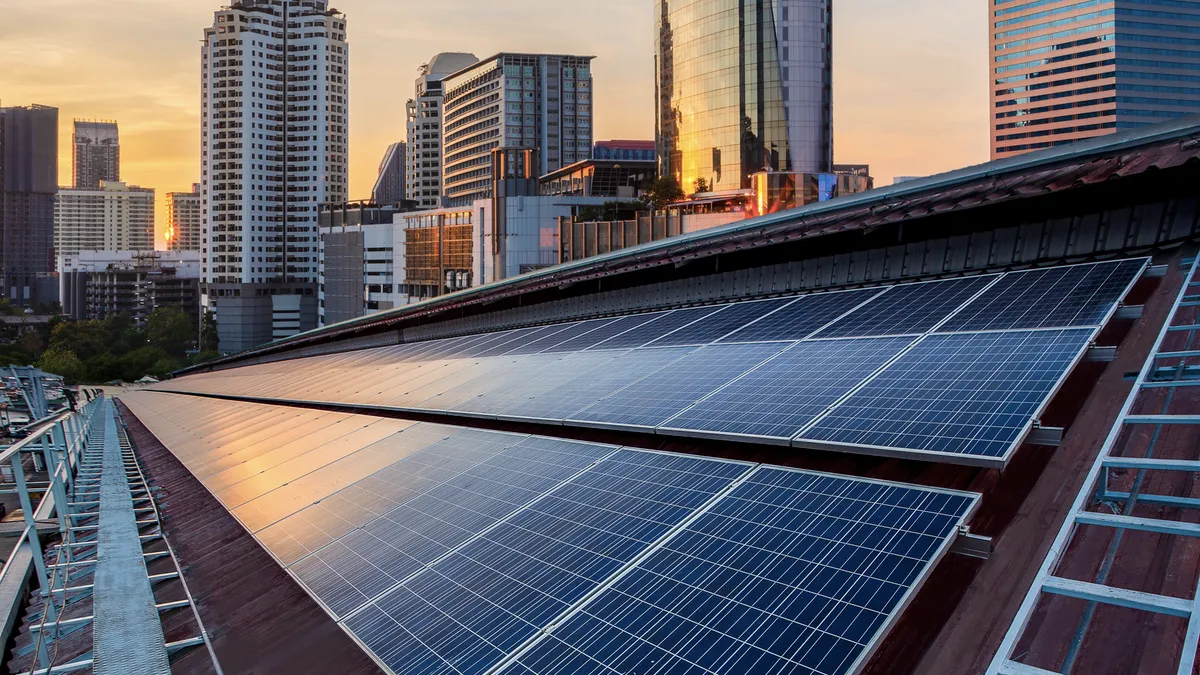The following is the sixth installment in an ongoing Utility Dive series, "Diary of a Grid Defector." Each month, Utility Dive's Robert Walton will report on his adventures setting up an off-grid cabin and exploring developments in distributed energy in upstate New York. We hope his experiences will give our readers an insightful, first-hand look at what life is like at the edge of the electricity system—and how the revolution in distributed energy technologies is changing it. The first five installments can be found here.
It's been a mild winter across much of the country so far, and for that I am grateful. Heating with a wood stove is apparently an art form, and one with a steep learning curve.
People kept asking if I was ready, and I kept saying “yes,” albeit with a nagging and ominous worry, like maybe they were trying to warn me without saying something directly. I dutifully cut and stacked wood, and finally the first cold snap came along.
Making the cabin 87 degrees, or keep it quite brisk, is easy. But maintaining a comfortable temperature somewhere in the mid-70s has taken work.
And that's why I was sitting in the bar that day, doing my best to support the local brewing industry. It wasn't too cold in the cabin, but too warm. And midway into my second beer, I noticed the guys next to me were talking about the federal omnibus spending package and tax extenders.
Back in D.C. that might have been standard brunch talk, but in rural New York it definitely stood out. They talked of job security and growth, tax credits and green energy. The pair turned out to be employees of Renovus Solar, a homegrown success story around the Ithaca area. You see the name everywhere, and it seems all discussions of local energy include a mention followed by a knowing nod.
You don't often hear guys in bars talking about how much they love their jobs, so after listening to the electrician and installer wax poetic about Renovus, I set up a time to tour their facility and talk about the company's growth.
“We embody the thing everyone wants renewables to be,” Jon McNamara, general manager of Renovus, told me later. “They want to tell the jobs story. We get a lot of community support because people want us to succeed. We've got a lot of cheerleaders behind us.”
The company has gone from eight employees in 2012, to 80 this year. And while Renovus had a plan for maintaining its workforce if solar tax credits were not a part of the final spending bill, the company is now looking to grow even more.
“If we don't grow 300% this year, I'd be surprised,” said McNamara.
'Game on' for expansion
Renovus' growth is impressive for any company, but even more impressive when you think about the region's solar potential. According to the Department of Energy's solar potential map, the Ithaca area can produce about 380 watt hours per square foot each day – compared about 600 Wh in the highest-potential areas of the country. The Finger Lakes region of New York has solar potential more akin to Seattle or Portland, areas not known for blazing sun.
McNamara said it was “solarize” programs — community outreach efforts to demystify the panel installement process – which came helped generate significant interest, pushed along by the region's overall progressive leanings.
“Every town is doing a program, and it brought tons of interest,” McNamara said. “We were installing a couple of projects a week, and it warranted a massive scaleup.”
And with the tax credit now extended and stable – it will transition from 30% to 10% over several years – the company is looking to begin a new round of growth.
“We're entering this phase of mass adoption,” he said. “The economics of solar are compelling without the tax credit, but with it they are a no-brainer.”
“Now it's 'game on.' We're going to grow as fast as the market will allow.”
For now, just solar
Renovus was not always a solar-only endeavor, but when the economics of PV panels became broadly competitive, and with the region's progressive energy stance on its side, the company essentially reimagined itself. Before, the firm also worked with small wind projects, solar thermal and geothermal energy.
“We took a step away from all of that,” McNamara said. “It's not the most compelling option for people.”
And while residential storage is certainly on the horizon, McNamara said the battery options available so far have not been of sufficient quality to keep the company standing behind them.
“When you see the Tesla Powerwall being mass produced, that will be a big step forward,” he said. “We don't want to put our name on the products that exist right now. They work, but they are expensive and invariably need service.”
Aside from residential rooftop, Renovus is also focused on community solar. While panels on a single-family home may be the face of residential solar, the fact is “almost everyone has a site that doesn't work,” McNamara said. Whether it's a shady roof or a renter in an apartment, community solar farms “will be what everyone does.”
Right now, community solar makes up 30% to 40% of Renovus' residential business, and is expected to grow. Tax credits from the federal government and NYSERDA both remain unchanged, though there is some uncertainty as to how the New York state credit applies to community solar gardens, McNamara said.
Heating the cabin
Back home at the cabin, there are only two considerations when it comes to burning wood: How big is it, and how dry is it?
People will tell you not to burn pine or fir because of the sap. They'll tell you wood needs a year to cure, or just to burn hardwood, or maybe just oak. And then there's which way to face your wood pile, how to stack the logs. Buy or cut? Whole or split?
I listened to it all, before realizing how little of the advice applied to a tiny cabin sitting on an abandoned Christmas tree farm. I've got 90% softwood, but it's like my own personal zombie show, The Standing Dead. I'm surrounded by trees that died years ago but never fell, like a hellish version of A Christmas Carol mixed with Butch Cassidy.
Just me and the cat, holed up in a cabin with a set of branch trimmers.
That dry pine burns hot and clean, and a couple of bundles of branches gets the cabin warm. I've got stacks of larger wood cut and drying, but most of what I burn now is small: the stove burns very hot, briefly, and warms the masonry I installed around it. Then the fire dies and the heat coasts for several hours. Before learning this technique, I wasted a lot of wood.
All of this is the opposite of new technology, of course. Masonry stoves have been around centuries, and pine trees for longer than that.
Everyone's got a different take on the best wood to burn, but dry pine gets the job done for now
But the most interesting thing has been the connection between collecting that bundle of branches and keeping the cabin warm — the very specific nature of what works here, now. A year ago, I pressed a button and kicked the apartment up to 75 degrees. But behind that button is some crazy supply chain of ideas and businesses and technologies that was entirely invisible but for a check I wrote to the landlord.
Sure, I mess it up sometimes. Waking up cold is no fun, and neither is getting sweated out of your home. But I'm still getting the technique down, and when all else fails there's still policy talk at the local bar. Like I never left D.C.



